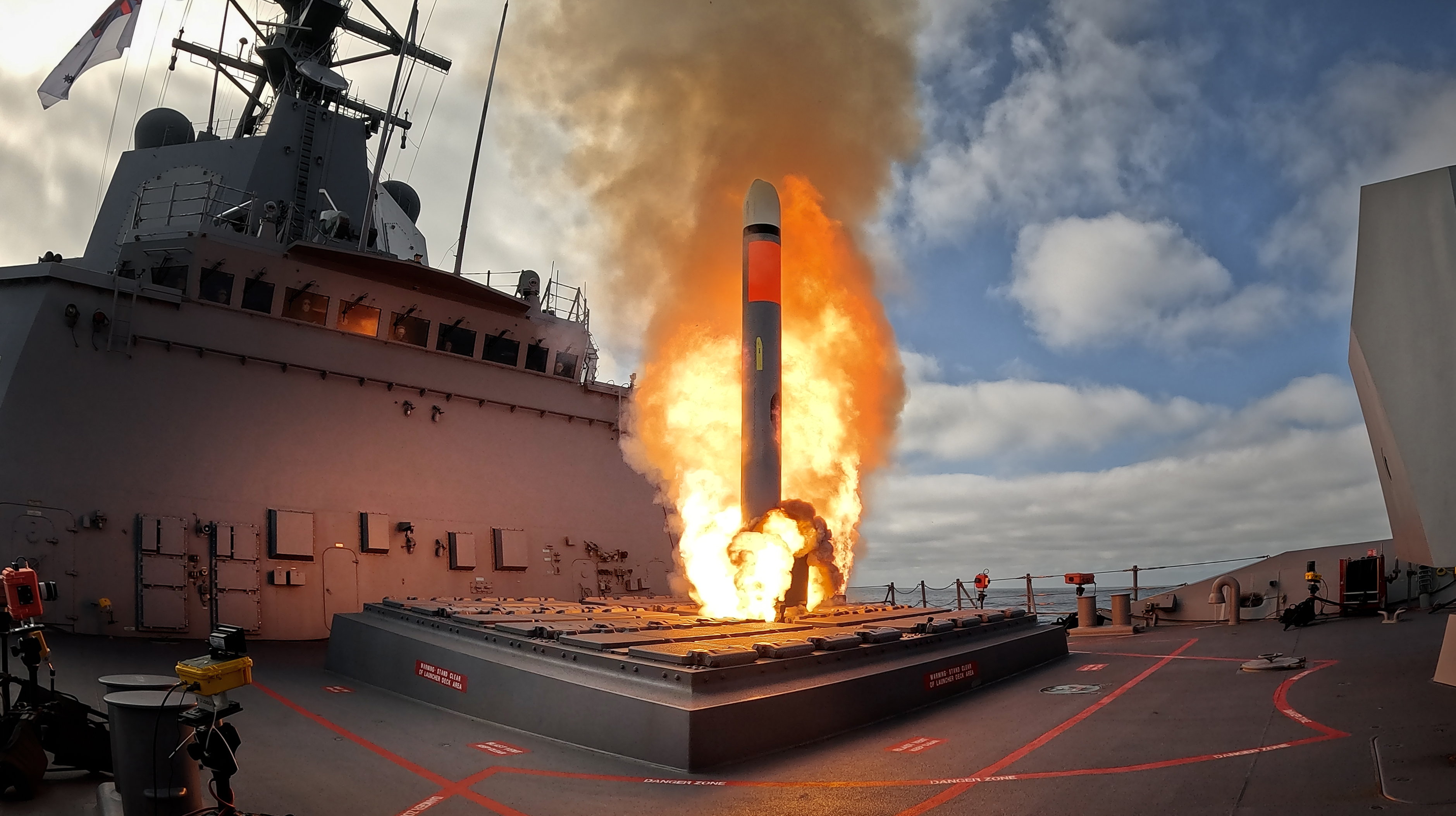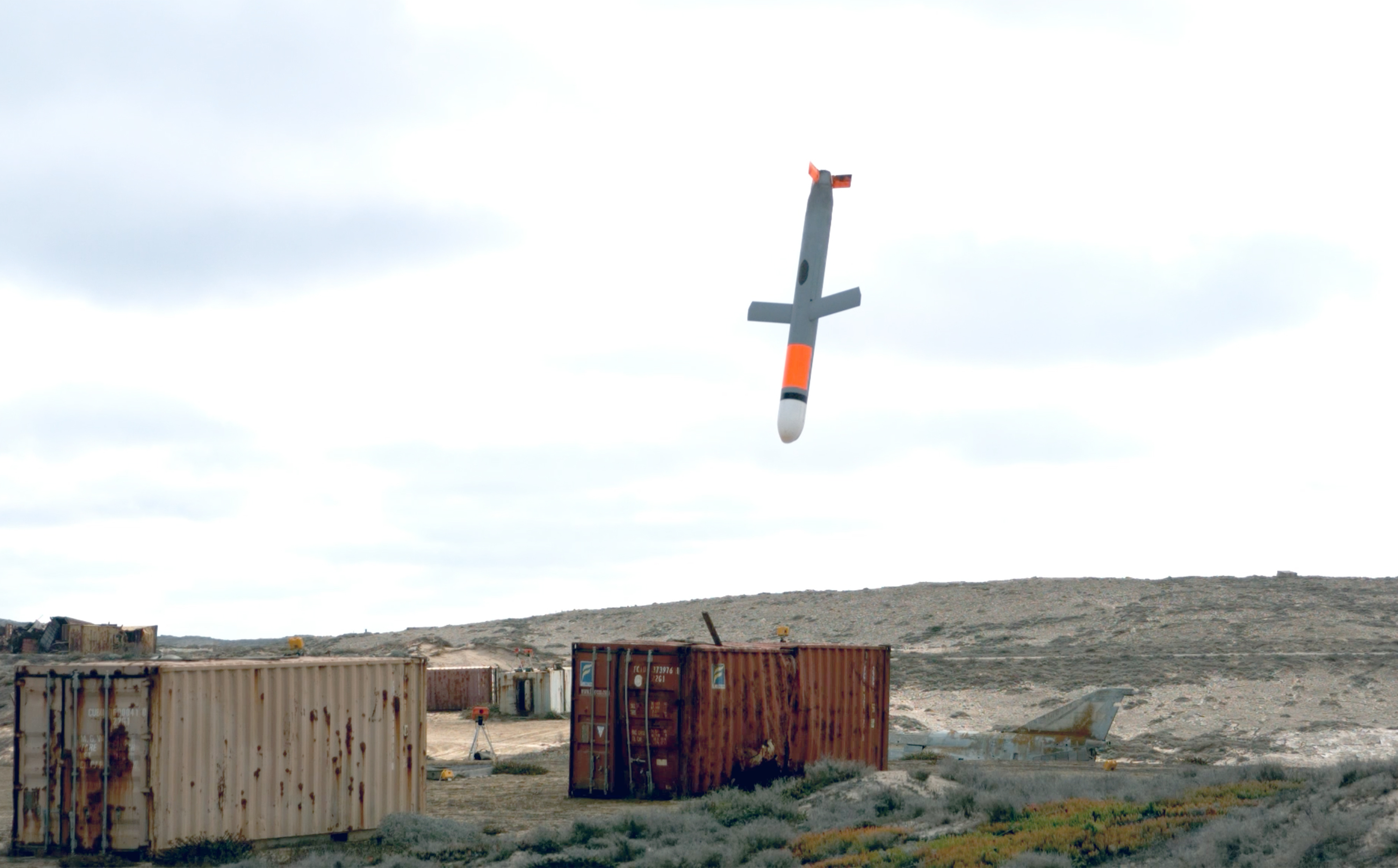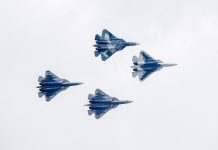The Australian Navy recently test-fired the Tomahawk Land Attack Cruise Missile (TLACM) for the first time during a deployment to the United States. With this, Australia has become only the third country to achieve this feat, after the US and the UK, its AUKUS allies.
The missile was fired from HMAS Brisbane, a Royal Australian Hobart-class destroyer, during its ongoing ‘interchangeability deployment’ to the United States.
Vice Admiral Mark Hammond, Australia’s Chief of Navy, said: “Our nation has few existential issues, but access to the sea is one of them. This is a historic advancement in terms of uplifting the lethality of the Royal Australian Navy in such a short period of time.”
Australia announced its decision to buy the long-range Tomahawk missile in 2021, and the United States approved a foreign military sale of the missiles in March 2023. According to reports, Australia is buying over 200 Block IV and Block V Tomahawk cruise missiles, which will be equipped on the Hobart-class destroyers and future Navy platforms, including Virginia class submarines and, subject to feasibility studies, the Hunter class frigates.
The firing of the Tomahawk cruise missile comes months after Australian HMAS Sydney (also a Hobart-class vessel) test-fired another long-range missile—the SM-6 in August 2024. Before that, the service had successfully tested its new Naval Strike Missile (NSM) in July 2024 at the Rim of the Pacific (RIMPAC) exercise hosted by the US.
In a statement, Pat Conroy, the Minister for Defence Industry and Capability Delivery, said: “The acquisition of Tomahawks, along with Naval Strike Missile and Standard Missile 6, is a game-changer for our ADF and comes years ahead of what was previously planned.”
Moreover, Australian Deputy Prime Minister and Defense Minister Richard Marles noted, “The successful test firing of the Tomahawk missile demonstrates the strength of our alliance and defense cooperation with the United States, in support of a peaceful, stable, and prosperous region. By enhancing our Defence capabilities, and by working with partners, we change the calculus for any potential aggressor so that no state will ever conclude the benefits of conflict outweigh the risks.”
The test firing of the Tomahawk missile is projected as a giant leap in the Royal Australian Navy’s combat capability amid a rising security threat from China in the Indo-Pacific region. China is not only coercing and intimidating regional countries allied with the US and Australia, causing tensions but also making unwarranted forays into the Southern Pacific, which has traditionally been Canberra’s sphere of influence.

Although the announcement made no mention of China, the latter’s aggressive tactics—such as the coercive handling of territorial disputes and the risky interceptions of ships and aircraft operating in international waters and airspace—have been flagged by Australian officials as well as the Defense Strategy Review published in 2023.
Australia, located in one of the world’s most strategic regions—at the confluence of three oceans—has decided to increase its maritime force to combat these challenges. The country has committed billions of dollars to acquire advanced, high-tech missiles as part of a broader strategy to safeguard the nation, deter potential adversaries, and defend national interests.
Defense Minister Richard Marles earlier said that this involves turning Australia into a “porcupine island,” fully armed with deadly weapons to thwart any attacking nation.
The long-range Tomahawk missile is a crucial part of this strategy. While China is expected to keenly watch the RAN’s acquisition and integration of this long-range missile, Japan has also signed a deal with the US to purchase Tomahawk missiles. Thus, the missile is coming to China’s backyard.
Tomahawk Missile Will Boost Australian Firepower
Tomahawk cruise missiles are precision weapons that can hit targets precisely, even in well-guarded airspace. They can be launched by surface vessels and submarines and have a range of about 1,000 miles or 1,600 kilometers. This means that this long-range weapon would be particularly helpful for Australia and its ally, the United States, in case of a war in the Indo-Pacific.
Tomahawk cruise missiles have the potential to demolish structures and leave blast craters up to 20 feet in diameter. The missile is lethal as it can carry a normal warhead weighing around 1,000 pounds or over 453 kilograms.
Moreover, these long-range missiles are harder to detect as they travel at low altitudes and subsonic speeds.
Thanks to its modular architecture, the Tomahawk can be used with various warheads, such as high-explosive submunitions and bunker-busters. The missiles use several guiding technologies, like GPS, inertial navigation, and terrain contour matching. A satellite data link can also direct Tomahawks to strike another target in midair or hover over it.

The Block IV variant of the Tomahawk has a datalink embedded into it that allows switching targets while the missile is in flight and can loiter for a “prolonged duration.” In contrast, the Block V variant has next-generation technological advancements that allow the weapon to attack moving ships at sea while flying at very low altitudes.
The Tomahawk is a good fit for the three Hobart class ships, including HMAS Brisbane, the destroyer HMAS Sydney (DDG-42), and the class namesake HMAS Hobart (DDG-40).
The missiles have a stellar combat record behind them. The Tomahawk missiles were widely used in Libya, Syria, and Iraq.
On its part, China has been wary of the missile due to the threat of a potential conflict with the US in the region—likely due to a potential invasion of Taiwan. The missiles can hit shore targets or ships, and they would be a very effective standoff weapon in a conflict with Beijing, which aims to use its Anti-Access/Area Denial (A2/AD) systems against the US and its allies.
- Contact the author at sakshi.tiwari9555 (at) gmail.com
- Follow EurAsian Times on Google News




